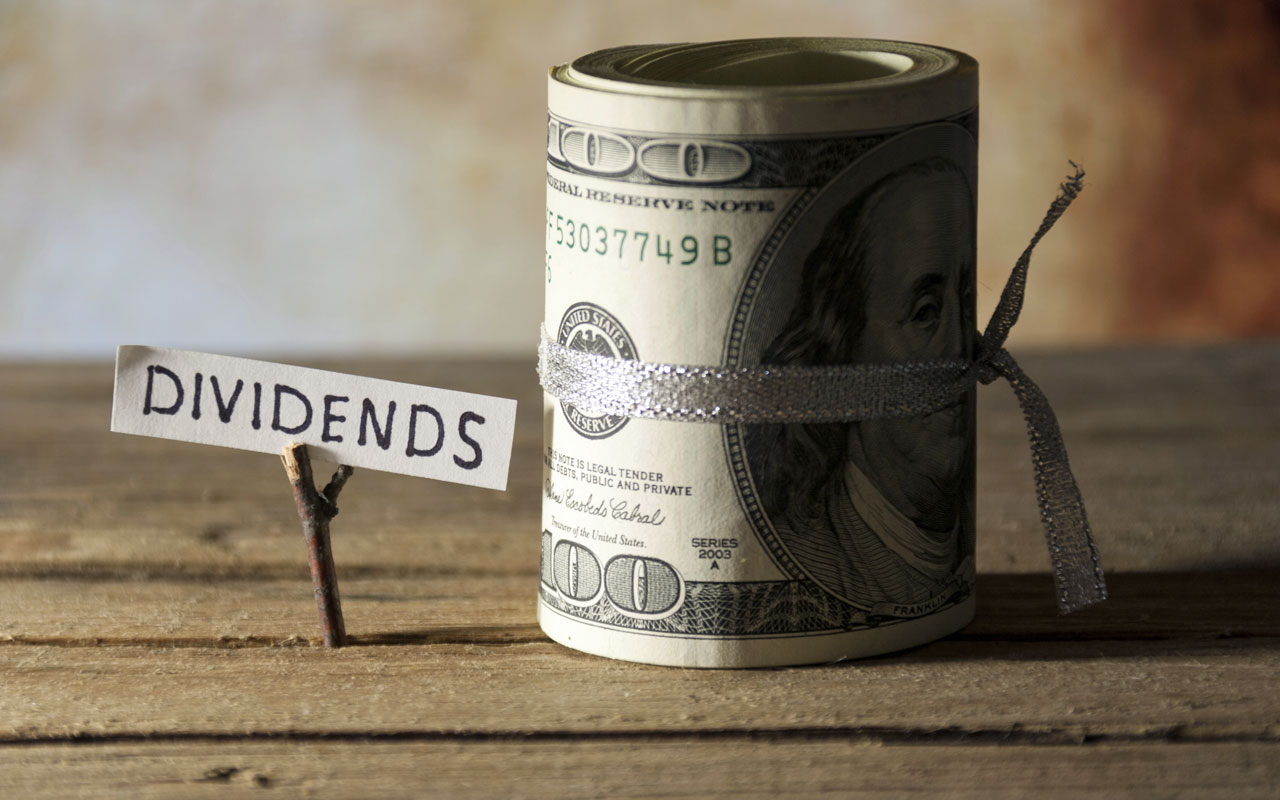The Incredible Growing Dividend
by Ben Carlson, A Wealth of Common Sense
This whole low interest rate environment seems to be getting a little out of hand. On Friday, the Bank of Japan surprised everybody and cut the interest rate they charge banks on excess reserves into negative territory. According to the WSJ, “Over a fifth of global gross domestic product, or 23.1%, will now be produced in countries that have negative interest rates.”
It would be an understatement to say that investors are starved for yield and income.
It’s counterintuitive, but one of the most consistent forms of investment income actually comes from the stock market. Although stock prices themselves are quite volatile, the cash flows companies collectively pay out to investors don’t really fluctuate as much as one would think.
According to Robert Shiller, from September 1929 to June 1932 the stock market fell 81% on a real basis, but real dividends only fell 11%. Isn’t that astonishing? During the worst economic disaster our country has ever seen, companies only cut dividends a little over 10%. During the 1970s bear market in 1973 and 1974 the stock market fell 54% on a real basis, but real dividends fell just 6%.
I checked how dividends held up in the financial crisis from 2007-09, as well. From the peak in October 2007 to the bottom in March 2009, dividends on the S&P 500 actually rose slightly (although they fell roughly 19% about six months after the stock market bottomed). In the bear market from 2000-02, dividends dropped by just 2% even though the market got cut in half.
Next I looked the historical dividend data from Shiller over the past seventy years to see what the historical growth rates looked like:

This shows how often the rolling twelve month growth rates over one, three and five years for dividends on the S&P 500 were positive. Rarely do dividends fall and when they do it’s not nearly as much as the stock market. Over all one year periods since 1945 the worst drop in dividends was a -19% fall. Over three year periods the worst drop was -18%. And dividends have never fallen over a five year period in that time.
Since 1945, total dividends paid are up sixty-six fold.
The average growth rates for one, three and five years were 5.8%, 19.8% and 33.9%, respectively. By investing in stocks you not only get fairly stable cash flows, but you also get an income stream that tends to grow faster than the rate of inflation. This is a highly under-appreciated aspect of investing in the stock market. Take a look at the growth rates by decade (through the end of 2015):

Each decade, save for the 1970s, saw dividends grow at a rate that was faster than the rate of inflation. This high dividend growth rate coupled with the low rate of inflation makes the current decade quite impressive when you think about how terrible some people make this recovery out to be. The numbers since the 1980s are even more impressive when you consider the growth in share repurchases in that time.
Obviously, you can’t expect investors to have all of their money in stocks simply because they tend to provide a rising income stream over time. You still have to consider total return and not just yield when constructing a portfolio and managing risk. Rising or stable dividend income offers little solace when we see a crash or bear market. But the situation may not be quite as dire as some may think right now from an overall portfolio perspective.
Take a look at the simple Vanguard three-fund portfolio (40% U.S. stocks, 20% international stocks and 40% U.S. bonds):

Maybe not enough to live on, but it’s a start.
Dividend growth rates should probably mean different things to different investors depending on their needs. For those investors in need of income for spending purposes, this information shows that stocks can provide an effective, inflation-beating stream of income over time.
For those investors who still have plenty of time to save and invest, this analysis gives you a sense of the potential compound interest you can earn from a continuous reinvestment of dividends over time. Those cash flows can start to snowball eventually and take on a life of their own.
Dividends aren’t guaranteed, but if the historical track record is any indication, stocks can provide a growing income stream over time.
Further Reading:
What If Everything Is Overvalued?







.jpg)






